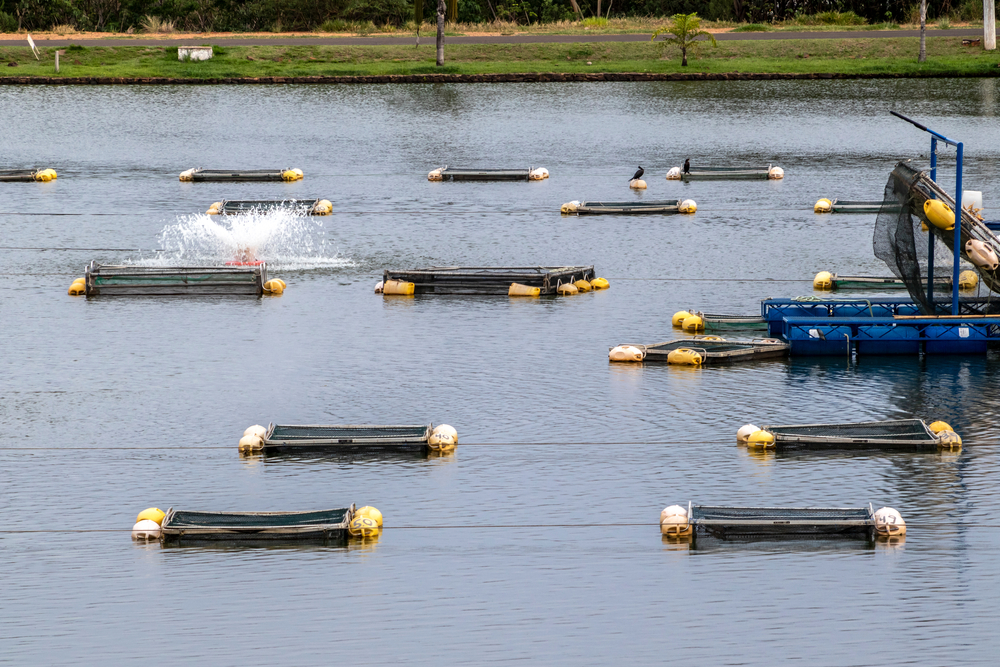With tasty flesh, few bones, and low in fat and calories, tilapia fish has adapted so well to Brazilian waters and dinner tables that the majority of the population are unaware it is not a native species.
In fact, the freshwater fish originated in the River Nile and was first farmed in Kenya in the 1920s. From the 1950s onward, it progressively gained market share and is now the second-most exploited fish species in the world, behind carp.
In Brazil, the farming of tilapia in ponds, dams, and reservoirs is a prominent part of the country’s aquaculture. As the fish are easy to feed, resistant to diseases, good breeders, and tolerant to large temperature variations and low-oxygen waters, tilapia soon become a profitable business in the country. Furthermore, it has carved out an important niche in science, with researchers using tilapia skin as a biomaterial to make bandages for burn victims.
Over 63 percent of the fish produced in Brazil each year is tilapia – with some 534,005 tons fished in 2021. Native and other exotic species make up the remaining third.
Tilapia is farmed in all...


 Search
Search






































